Child Care House
When other options for child care don't work, this one does.
Turnkey. Licensing-ready. Backed by math and built to deliver where other models can’t.
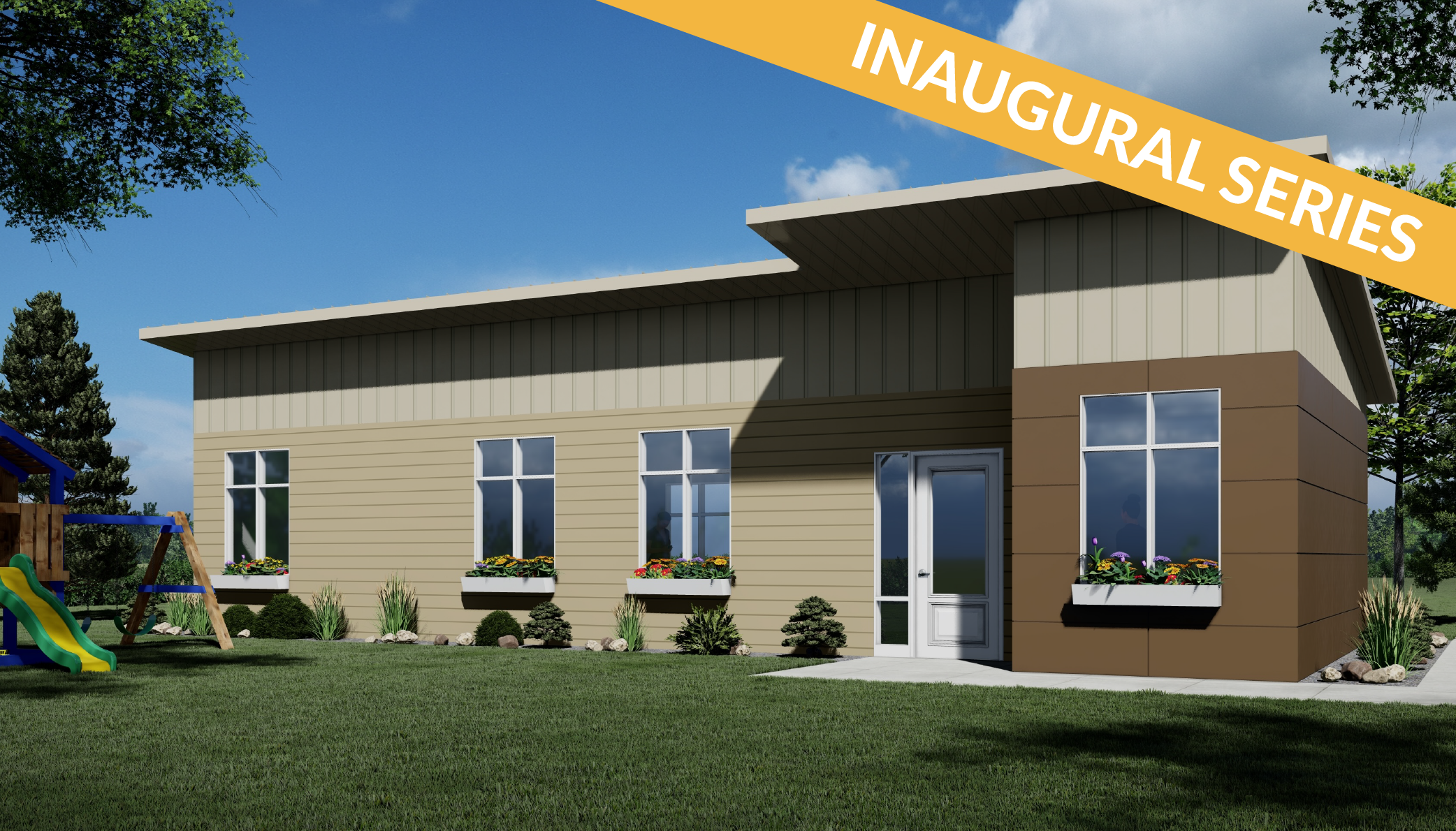
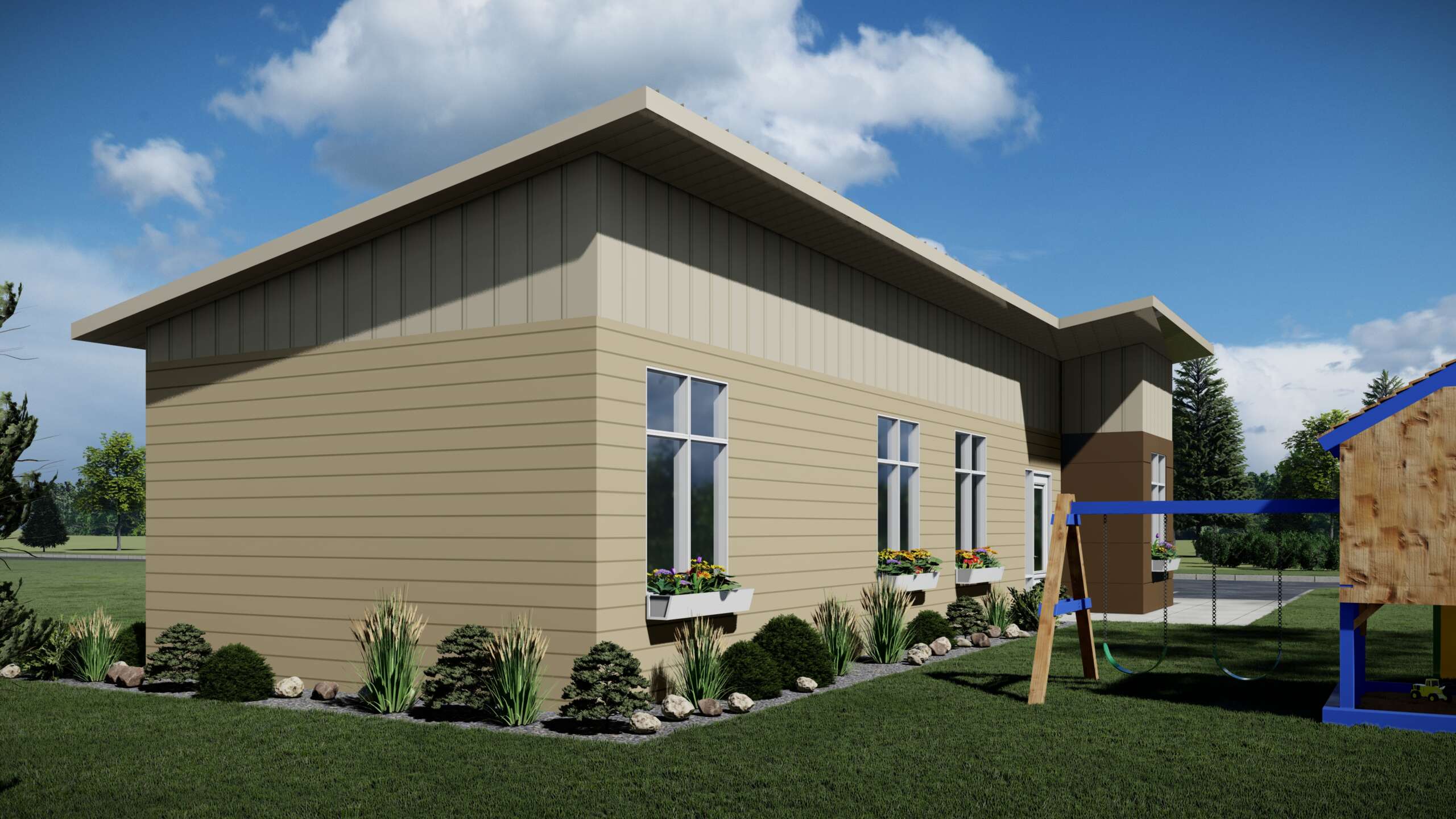
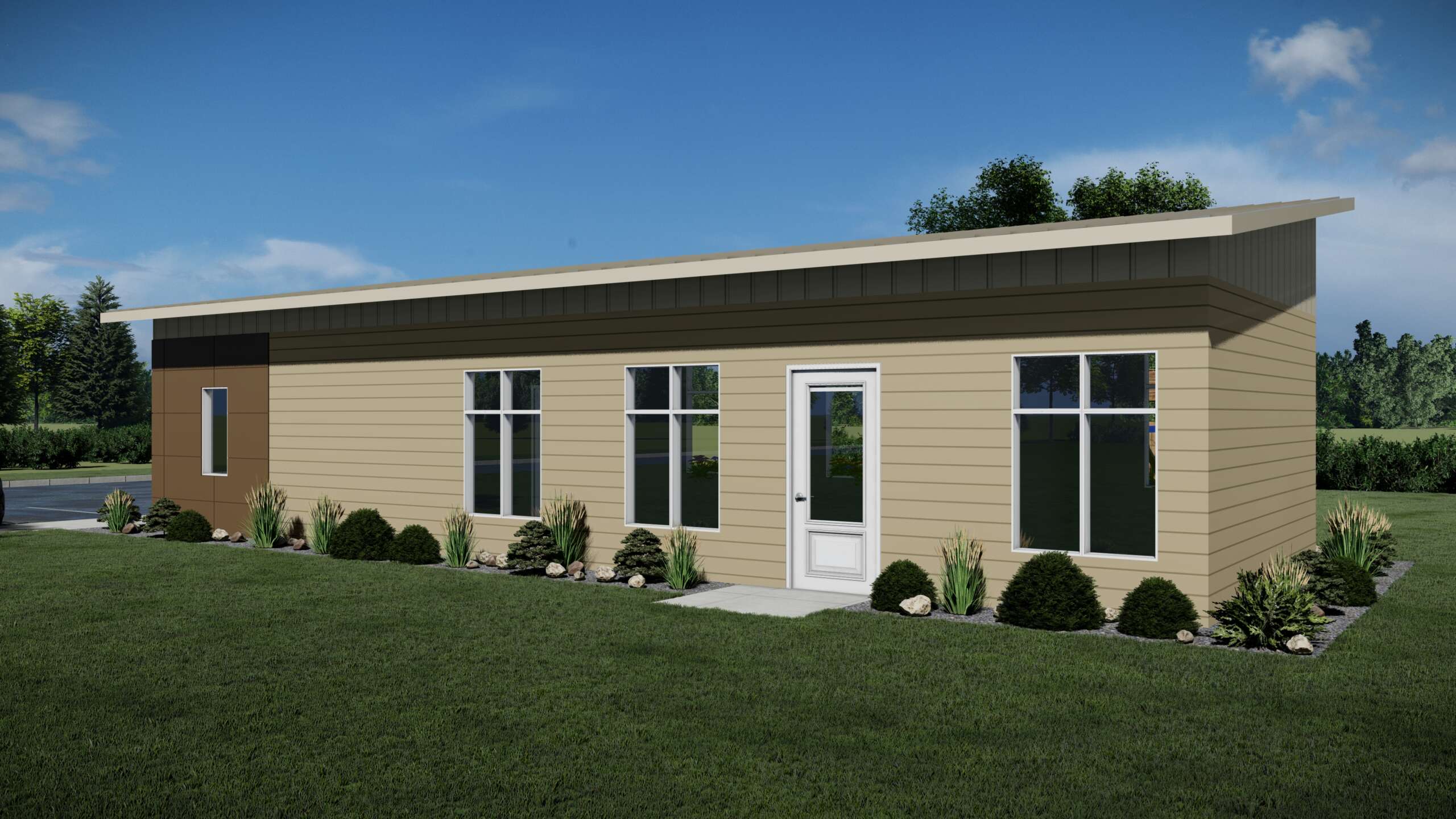
“This isn’t a grant. It’s an infrastructure asset.”
— Mayor Jeff Annis, Mapleton MN
Who it’s For — And What it Delivers

Community Leaders
Each placed unit returns over $12 million in local economic activity across 20 years through direct wages, family spending, and multiplier effects.
That’s a 40:1 ROI on infrastructure investment – funded once, circulated for decades.

Employers & Workforce Leaders
For every 10 employees stabilized by a nearby Child Care House, you unlock $180,000+ in annual return – through productivity, retention, and workforce continuity.
That’s $18,000+ per worker, per year, without needing to run child care yourself.
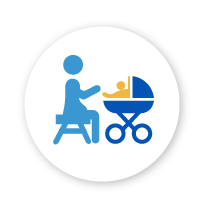
Child Care Providers
You operate a community-aligned, licensed child care business with no capital barrier—earning $30,000 to $75,000 annually in a space designed for your success.
That’s startup-ready income in a field where structure is often the missing piece.

Families & Children
Each slot placed protects both your time and your income, delivering $28,000+ in preserved wages and $17,000+ in time and opportunity value every year.
Two-fold return: one economic, one personal – and both structural.

Supporting Partners (Funders & Collaboratives)
Each unit you help deploy returns $500,000+ in annual household wages, sustains a small business, and locks in infrastructure others can’t deliver.
This is how your funding becomes a structural asset, not a sunk cost.
Child Care House isn’t just placed—it’s activated.
Every unit only works when the right partners are in place: civic leaders, employers, providers, funders, and families. Each plays a different role—but every role returns value. This isn’t a subsidy. It’s an infrastructure investment that multiplies over time, with tangible, modeled return across every audience involved. Below, you’ll find what each group contributes, how they act, and exactly what they get back—structurally, economically, and practically.
You hold the responsibility for schools, housing, and long-term population stability. Child Care House gives you a tool that’s fundable, code-compliant, and placed directly into the gaps left by traditional center models.
“This isn’t a grant. It’s a 20-year infrastructure asset.”
How You Act:
Place units on public land or infill lots. Align deployment with school enrollment goals, housing plans, or workforce corridors. Use bonding, public infrastructure capital, or philanthropic match to move from readiness to build.
Your Return:
Each placed unit activates workforce wages, anchors family housing, and recirculates income through the local economy.
- On average, $274,000 in wage flow moves through each unit annually
- Even at a conservative 1.5x multiplier, that creates $411,000 per year in local economic activity
- Over a 20-year lifespan, each site generates more than $12 million in economic circulation
This is infrastructure that holds—not just people, but prosperity.
You don’t need to operate child care—you need your workers to have it. Whether you co-host, co-fund, or simply advocate for a site near your facility, this model returns value in retention, reliability, and reputation.
“You’re not funding a perk. You’re protecting your workforce.”
How You Act:
Co-locate, co-invest, or co-sponsor a unit with a civic lead. Deploy near shift sites, logistics corridors, or workforce housing zones. Use workforce grants, EDA support, or in-kind assets to move placement forward.
Your Return:
For every 10 employees stabilized:
- $60,000–$80,000 in productivity restoration
- $40,000–$200,000 in avoided hiring and retention costs
- $25,000–$50,000 in morale, trust, and reputation gains
That’s more than $180,000 annually in return—without needing to carry operations.
You don’t need to own a home, finance a build, or navigate licensing alone. You receive a startup-ready site, structured support, and business coaching for long-term viability.
“It’s not a job. It’s a business—with support to run it.”
How You Act:
Step into a defined business opportunity aligned with your community’s actual needs. Each placement is scoped through local discovery and demand confirmation. You receive the infrastructure, licensing path, startup coaching, and quarterly resupplies to launch and lead with confidence.
Your Return:
You operate a licensed, community-aligned child care business with no personal capital required.
- Viable income typically ranges from $30,000 to $75,000 annually
- No retrofit burden, no licensing scramble, no startup guesswork
- Autonomy is preserved—but you’re never left without structure
This is a real business. And it was built for you.
Every slot placed through a Child Care House restores a family’s rhythm, options, and opportunity.
“The return isn’t just financial—it’s a household back on track, with the freedom to build toward something more.”
How You Act:
Enroll in a site near your home or work. Restore your schedule. Re-enter full-time work—or stay there—without sacrificing your family’s stability.
Your Return:
Two pathways. One outcome: restored momentum.
- Wage Realization: Families earning $43,289 preserve more than $28,000 per year through full-time employment
- Time, Risk, and Opportunity Protection:
- $5,200/year in saved commuting and scheduling time
- $1,920/year in prevented wage loss from missed shifts
- $10,400/year in upgraded job access (from part-time to full-time)
That’s over $45,000 in combined annual household value—before even factoring in peace of mind, sibling stability, or future planning.
You’re not running the model—but you’re the reason it moves forward. Funders, philanthropies, and regional collaboratives make deployments real—and make their impact last.
How You Act:
Fund planning, bridge capital gaps, align funding across towns or systems, and support message discipline or technical assistance. You shorten timelines, coordinate players, and accelerate execution across jurisdictions.
Your Contribution:
Every unit placed with your support delivers:
- $224,000+ in annual family wage preservation
- $50,000 in provider income
- $100,000+ in local economic activity through spending and circulation
Each unit you back sustains more than $500,000 in total annual wage-based value. This isn’t just funding—it’s placement power. You’re not supporting a service. You’re underwriting a system.
What is Child Care House?
Child Care House is not a retrofit, or a grant funded gamble – it is a deliberate, child care infrastructure solution, now advancing through its inaugural delivery.
It is a professionally built, licensing-aligned, residential child care space – placed by community and workforce leaders in response to real gaps in capacity, quality, and access. It is not theoretical. It is not a framework. It is a complete, physically delivered solution designed to launch child care on day one and sustain it over time.
Each unit includes everything required to open and operate a compliant, stable child care business and is built for rural, small-town, or workforce-aligned placement. From structural design to startup support, every element is tailored to help providers succeed and help communities deliver on infrastructure commitments.
This is not a center. It’s infrastructure.
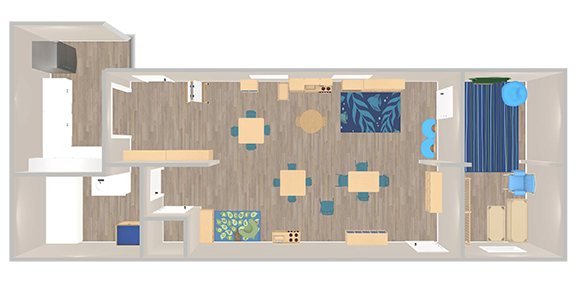
How It Works
Child Care House delivery unfolds in three defined phases—each designed to turn interest into action, and action into licensed, lasting child care capacity.
1. Discovery & Confirmation
- Site confirmation and buildability review.
- Business case for provider and community.
- Customized Funding Roadmap. Results in a Child Care House Activation Blueprint ready for execution.
2. Build & Launch
- Permitting, construction, and outfitting.
- Provider onboarding and startup readine.ss
- Community messaging support. Results in a grand opening and licensed program ready to serve families and children.
3. First-Year Business Coaching & Site Support
- Coaching for providers and infrastructure stewards.
- Materials re-supply and operating support.
- Funding Roadmap wrap-up and property coordination. Results in sustained operations and continued site viability.

Readiness isn’t a feeling. It’s a phase.
Why the Child Care House Exists?
Most small towns and rural communities were never built with viable child care infrastructure. Density assumptions, zoning limits, and startup capital constraints block action, even when leadership is ready.
These aren’t one-off stories. They’re patterns. And they happen in neighborhoods, small towns, and rural counties where every stakeholder is ready to act, but no one has the infrastructure to make it real.
- A mayor with publicly owned land, eager funders, and no implementable model—stuck between zoning code and an empty waiting list.
- A provider ready to serve but unable to license a family home or secure a lease on a compliant space.
- A school district watching kindergarten enrollment drop, not from birth rates, but from families moving to places with care.
- A community foundation ready to invest, but with no delivery system to receive and activate that investment.
These are the signals of a system that’s structurally misaligned. It’s not that people aren’t trying. It’s that what they need to place doesn’t exist.
“We had the land, the funding roadmap, and the community will—but no viable structure to put it into. That was the missing piece.”
— Mayor Jeff Annis, Mapleton MN
Hear more from Mayor Jeff Annis on our Mayors Page.
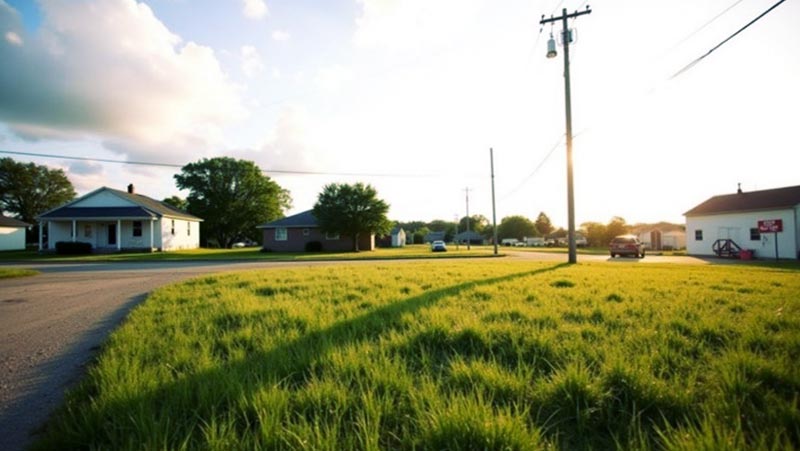
Barriers to Outcomes
Community Leaders
Infrastructure needs, but no implementable solution.
Employers
Losing workers—not to wages, but to child care breakdowns.
Providers
Shut out by leases, zoning, or startup gaps.
Families
No care, no stability, no choices.
This isn’t a funding gap. It’s an infrastructure gap.
How it Works

The Activation Blueprint
Every site begins with a Child Care House Activation Blueprint—a customized, site-specific planning tool that:
- Confirms site feasibility
- Models provider and community business cases
- Maps a viable, fundable capital pathway through a Funding Roadmap
This is not a proposal, it’s a structural gate: readiness, capital alignment, and siting logic are all verified before build.
From Structure to Support—Physical Infrastructure
The House
A residential, code-compliant, accessible structure. Built from the ground up, not a modular adaptation or converted residence.
Indoor Environment
Fully furnished with Lakeshore Learning environments, configured into licensing-aligned learning zones and child-safe systems.
Outdoor Environment
Rainbow Play Systems play structures, compliant with licensing and installed as appropriate with fencing, surfacing, and perimeter controls as part of site preparation.
Smart-Enabled Systems
Built-in environmental and energy controls support safety, compliance, and long-term operational ease.
Everything included. Nothing overlooked. That’s what turnkey should mean.
Startup and Year-One Support

For Providers
- Business planning and startup coaching
- Licensing alignment and tuition modeling
- Resource navigation for program development and training
For Communities
- Property and site coordination
- Maintenance planning and lease support
- Final Funding Roadmap wrap-up and next-step capital strategies
- Public messaging and funder-facing communication tools
These aren’t extra services. They are included to help both the provider and the infrastructure steward succeed and to ensure the community gets what it actually invested in: functioning, high-integrity child care aligned to local needs.
Home-based care matters. But not every provider has a home they can use. This changes that.
Real Sites, Real Momentum
The inaugural Child Care House is already underway—and it’s informed by years of field learning.
This model wasn’t built in a vacuum. It was shaped by civic experimentation, provider perseverance, and community-led efforts across Minnesota and the country. The delivery now progressing in Mapleton reflects both what we’ve learned and what we’re building next.
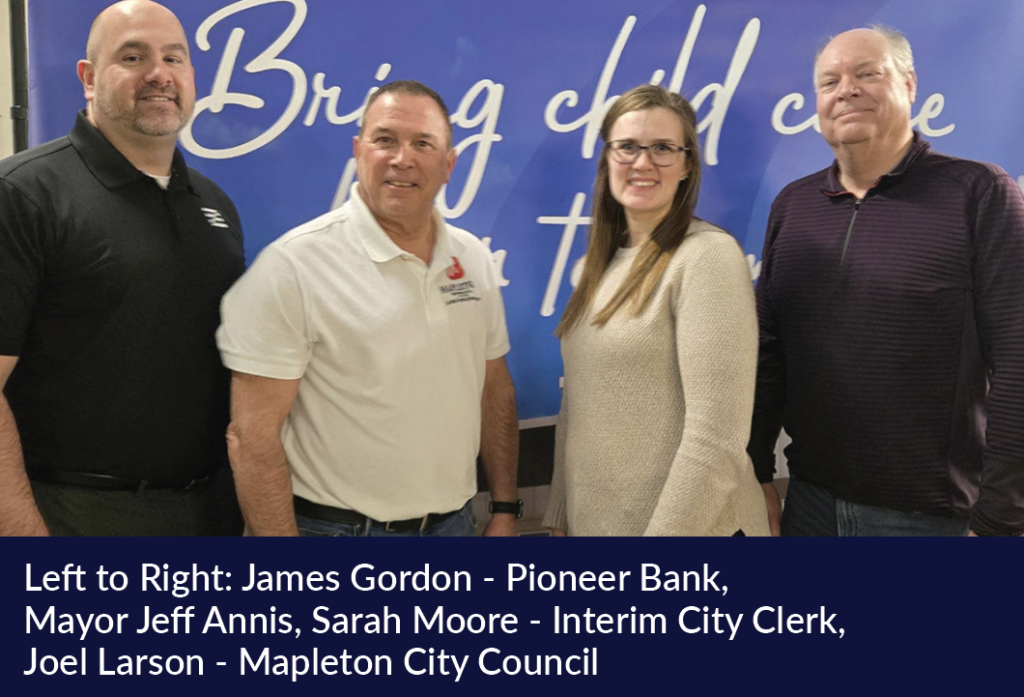
Learn More about Mapleton’s Efforts and Progress.
Mapleton, MN – Inaugural Delivery Underway
Phase One Complete. Build Begins Spring 2025. Child Care Opens August.
Mapleton is the first full Child Care House delivery. Sited on a residential infill lot, backed by municipal leadership and a confirmed funding strategy, it shows how alignment between local government, provider readiness, and community need becomes real-world action.
This isn’t a pilot—it’s the first of many. The Child Care House model is being placed deliberately, visibly, and with long-term purpose.
Field Lessons: What Influenced the Approach
Child Care House wasn’t born in a design studio. It was shaped by real places, real providers, and real communities who’ve been navigating the broken landscape of rural and small-town child care for decades. These field-tested efforts revealed both what works—and what still gets in the way. Their influence is reflected in the structure, supports, and delivery logic of the model now moving forward.
In addition to these place-based lessons, the model has been refined through ongoing input from current family child care providers, licensing professionals, fire and building officials, and early childhood leaders. These contributors helped stress-test assumptions, improve physical layout decisions, align with regulatory standards, and shape the startup experience for new providers. Their guidance ensured the model wasn’t just visionary, it was buildable, licensable, and grounded in operational reality.
We continue to examine additional examples and works in progress around the country, ensuring that each new Child Care House delivery reflects not just innovation—but what the field has already proven possible.
Mahube-Otwa’s Shared Infrastructure Legacy
More than 20 years ago, Mahube-Otwa Community Action Partnership launched a co-located site where multiple providers operated under one roof—supported by shared systems, licensing alignment, and organizational stability. The long-term success of this model demonstrated that child care can scale when infrastructure is intentional, coordinated, and built to last.
Startup Support with Community Backing
Two startup providers opened in a repurposed Head Start wing—backed by licensing guidance and business coaching. Our partnership with Southern Minnesota Initiative Foundation and Three Rivers Community Action Partnership helped ensure those providers had more than space—they had a real path to sustainability. The result: operational care in a short timeframe, and proof that coordinated startup support leads to long-term success.
Startup Licensing with Regulatory Partnership
In Leelanau County, local leaders and care champions worked directly with regulators to create flexible licensing pathways and mentorship for new providers. While the physical space was modest, the infrastructure of trust, coaching, and policy alignment created one of the clearest early models of how startup friction can be reduced without sacrificing quality or compliance.
Who Makes It Happen
Child Care House is not built by chance—it’s delivered by a coordinated system of contributors, each selected for what they do and how they do it. This is not a bundle of vendors. It’s a pre-aligned delivery team that ensures every site becomes a functioning, licensing-ready infrastructure asset from day one.
These are the people and partners who make it happen.

Leads the full lifecycle of every Child Care House deployment—from early-stage community alignment and site readiness to provider onboarding and first-year stabilization. As the system owner and operational lead, Business of Child Care ensures that every contributor is sequenced, every milestone is met, and the full delivery model holds true to its structure.

Identifies, evaluates, and secures build-ready sites with licensing-aligned real estate strategy—coordinating land acquisition, site prep, and infrastructure compatibility across all projects.

Designs the funding roadmap for each deployment, creating a site-specific capital strategy that turns civic intent into executable investment. From local match structuring to philanthropic blending, Rural Pathways ensures that the financial architecture is real, ready, and built to sustain the project over time.

Supports architectural planning for each deployment by ensuring the standard Child Care House unit is appropriately matched to its site conditions and licensing requirements. While the structure itself remains fixed, My Strange Design helps coordinate layout placement, orientation, and any necessary enhancements to ensure the model fits within regulatory and environmental context without compromising fidelity.

Equips each Child Care House with startup materials and furnishings—delivering licensing-aligned learning environments and restocking kits that keep classrooms functional and compliant through the first year.

Designs and installs outdoor play environments that meet safety codes and licensing standards—ensuring each site includes a developmentally rich, physical play experience.

Delivers the final layer of operational readiness—completing each Child Care House with smart home systems, safety infrastructure, appliances, and interior environmental features. This includes camera-ready wiring, thermostatic controls, and durable fixture installation.
Interested in contributing to deployment?
We welcome inquiries from local trades, finish contractors, and regional allies looking to support the delivery of Child Care House units in their communities. If you’re part of a civic intermediary, infrastructure provider, or interested in model distribution across your state or region, reach out anytime: info@businessofchildcare.com
Ready to Place One?
Do you have a plan, a potential site, and a local champion? If so, this isn’t a conversation, it’s a coordination. Let’s move from interest to action. Infrastructure gaps aren’t solved by asking more of providers. They’re solved by building what’s missing.